Welcome to the 2020 edition of Quill & Pad’s early Grand Prix d’Horlogerie de Genève predictions in which the team picks favorites and explains why.
The panelists are:
Elizabeth Doerr (ED), co-founder and editor-in-chief
Ian Skellern (IS), co-founder and technical director
Joshua Munchow (JM), resident nerd writer
GaryG (GG), resident collector
Martin Green (MG), resident gentleman
Timepieces entered into the Chronograph category are mechanical watches comprising at least one chronograph indication. Additional indications and/or complications are admissible.
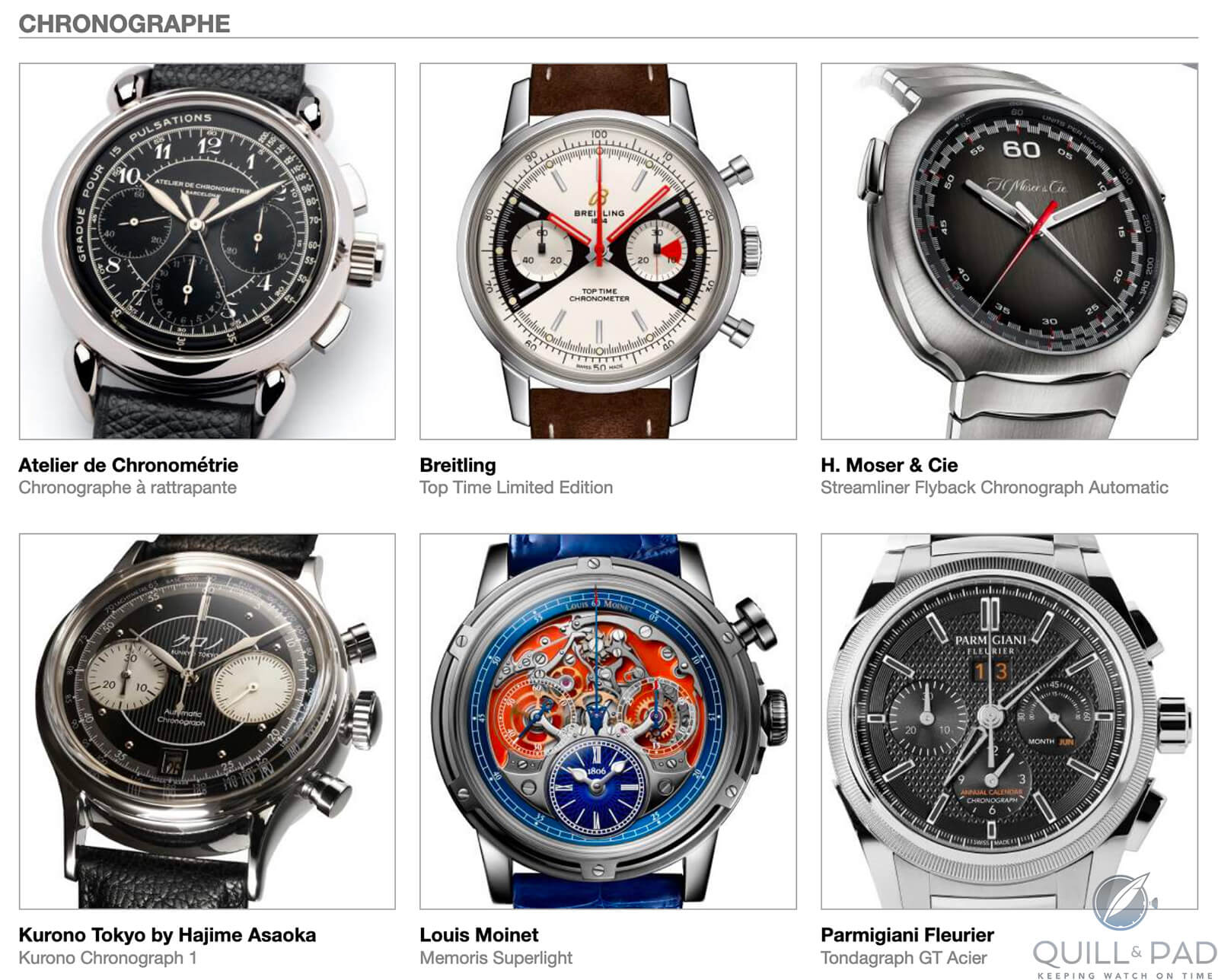
Nominated GPHG 2020 chronographs: Atelier de Chronométrie Chronographe à Rattrapante, Breitling Top Time Limited Edition, H. Moser & Cie. Streamliner Flyback Chronograph Automatic, Kurono Tokyo by Hajime Asaoka, Louis Moinet Memoris Superlight, Parmigiani Fleurier Tondagraph GT in steel
GG: The more I studied this set of watches, the more I appreciated them – and the more difficult I found it to choose my favorite! I’m eager to hear the rest of the group’s choices and rationales in this category, for sure.
ED: I’m lamenting the absence of the Cuervo y Sobrinos Landeron model in the final round, which for me with its vintage Landeron movement and beautiful styling was a real option in this category. Cuervo y Sobrinos is usually an attractively priced brand with rather attractive styling, all of which carried over into this chronograph. I felt it deserved a closer look. Otherwise, I’m quite satisfied with the final selection of six, each of which is very different in looks, feel, and in some cases technology.
One of the movements used here is a revamped vintage caliber (like the Cuervo y Sobrinos but costing four times as much), another is a contemporary Valjoux, one was specifically made by a specialist movement maker for the brand, two were sourced, and only one is a true in-house creation. And interestingly, that latter piece is only the fourth most expensive timepiece out of these six.
One more observation: all six of the nominated chronographs are limited editions, ranging from one piece (Atelier de Chronométrie) to 2,000 pieces (Breitling).
MG: One of the watch world’s mysteries to me, even after all these years, is the popularity of the chronograph. I am not immune to it myself – I love this complication! Despite that, I rarely have a real use for it. I guess it can be found in the ability to control part of the timekeeping yourself and the often-dynamic look of the extra dials and hands. For the GPHG, this is also an important category with, as usual, a very strong lineup.
JM: Unlike some of the other categories we’ve already discussed this year, the Chronograph category is decently defined in what it must have: at least one chronograph indication. This isn’t much, but at least it refines the contenders a bit more than what we see elsewhere. Given that every watch has, indeed, at least one chronograph indication, we can proceed with judging the participants on the success in which the chronograph is implemented, the movement quality, and the creativity of design for each watch. Yes, this means the judging relies heavily on the subjective, but we at least are able to focus on how well each watch is a chronograph, and which watch would be the best to time shorter intervals instead of whether the watch even meets criteria as we imagine it should.
IS: While a few of the categories’ titles and rules are a bit vague, “chronograph” is a complication that we all know a little about. And it’s on the quality of its chronograph and a healthy dose of je ne sais quoi that I’ll be judging the nominated watches here.
Atelier de Chronométrie Split-Seconds Chronograph
GG: Having gone back and forth (and back again), I’m going to stick with my original instinct and call out the Atelier de Chronométrie Split-Seconds Chronograph as my top pick. I’d love to handle it in person to see whether that smooth-looking case with its double concave bezels sits as nicely on the wrist as I imagine. And I’d like to take a loupe to the movement finishing to assure myself that the work there is as tip-top as it looks in the photo, but the overall classical approach and quality really spoke to me.
Yes, it’s based on a pre-existing Venus movement, but with many new parts substituted and extensive finishing work such as we saw in Kari Voutilainen’s early pieces. Too bad this is a unique piece as to my eye it’s a gorgeous execution of the split seconds complication.
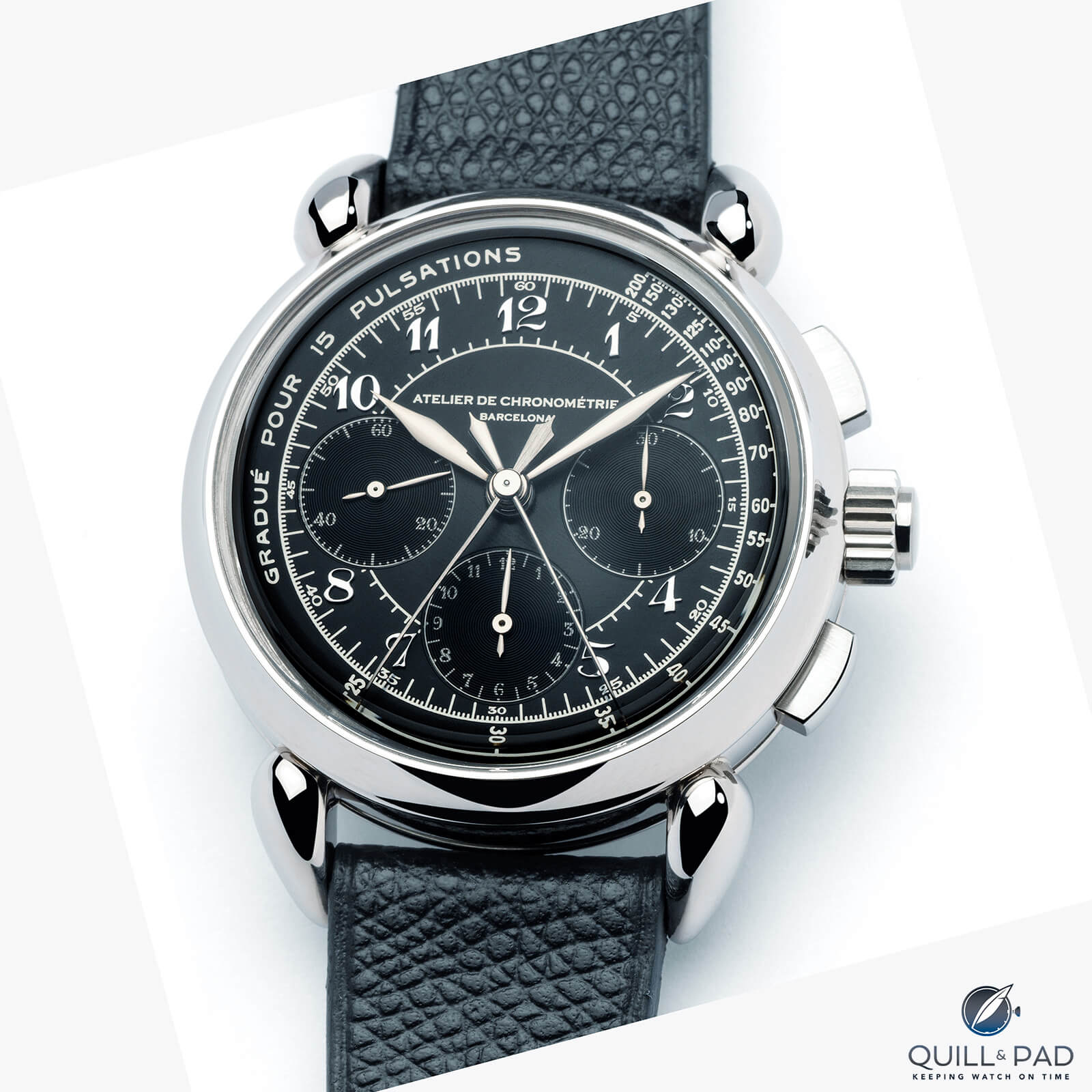
Atelier de Chronométrie Split-Seconds Chronograph
ED: I don’t know enough about this brand or watch – which I have never handled – to write many enlightening nuggets of wisdom, but I do like the looks of it from the photos too, Gary. And as it contains split-second technology it is perhaps the most advanced watch here – though I might argue that adding an annual calendar to the chronograph in a manufacture movement like Parmigiani has done is also not to be sneezed at.
JM: The Atelier de Chronométrie Split-Seconds Chrono is the most traditional and most complicated chronograph of the category as it features a split-seconds mechanism, allowing for precise measurement of two separate times. The movement is based on the historic Venus Caliber 185 and the dial is set up to measure pulsations, a lesser common graduation used to determine pulse or any beats-per-minute measurement.
It also is a unique piece made for a collector, which is my biggest issue with it. Don’t get me wrong, I love the style, the movement, and the execution of this watch, but it is hard to put a unique piece made for a collector as the best chronograph watch of the year. What makes it even harder to pass on is the split-seconds mechanism, the only one in the category this year, which normally would set it above the competition. If it weren’t a unique piece, and perhaps had a different graduation scale on the dial I would probably have had this piece in my top two, but given what I have mentioned I just can’t see the jury picking it against the other production watches this year.
ED: My thoughts exactly, Joshua. It is the only rattrapante in the competition (and likely the reason the Cuervo y Sobrinos got kicked out), however, as a unique piece instigated by the wishes of a collector, I’m not sure it can fairly compete against the other five here, all of which are serially available limited edition pieces. I do like the vintage Vénus 185 movement that’s been used as the base, which soothes my soul somewhat. However, the asking price of 110,500 Swiss francs seems rather high to me.
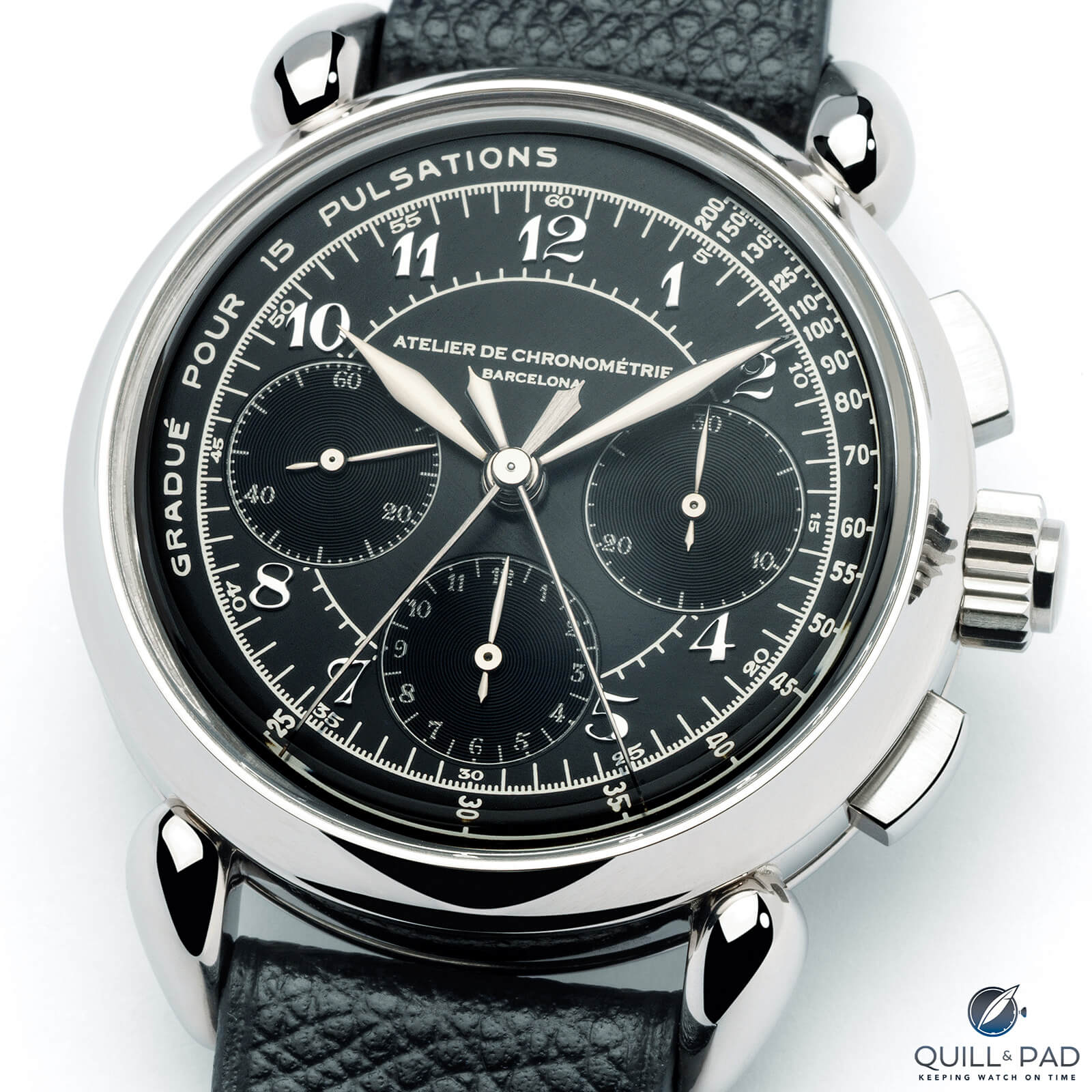
Atelier de Chronométrie Split-Seconds Chronograph
MG: It is surprising how a single detail can change your perspective of an entire watch. While the Atelier de Chronométrie ticks so many boxes for me, it is the pulsation scale that turns me off. It makes absolutely no sense as I don’t know of a single doctor capable of feeling two pulses at the same time and still have one hand free to operate (no pun intended) the chronograph. This is such a pity, as the watch is such a beauty, inside and out, with its luscious teardrop lugs and Venus-based movement.
IS: The main reason that I’m not rating the Atelier de Chronométrie Split-Seconds Chronograph higher is that it’s a unique piece and I feel that the production step of making watches in quantity shouldn’t be underrated: we should be judging watches that more than one person can buy. This out-of-the blue Atelier de Chronométrie split seconds chronograph is a sensational traditional chronometer. And the Venus movement, while not in-house, is highly modified and sublime. While I consider it pricy at 110,500 Swiss francs, I love the Atelier de Chronométrie Split-Seconds Chronograph. But it’s a unique piece.
Quick Facts Atelier de Chronométrie Split-Seconds Chronograph
Case: 39.8 x 14.3 mm, white gold
Movement: manual winding Caliber Vénus 185, modified with 50 new components, power reserve 36 hours, 2.5 Hz/18,800 vph frequency
Functions: hours, minutes, seconds; split-seconds chronograph
Limitation: one unique piece
Price: CHF 110,500
Breitling Top Time Limited Edition
GG: The Breitling Top Time is another attractive offering from Breitling’s recent series of historical homage and re-edition watches, and it looks like a very wearable watch that will make its owners very happy. Against the split-seconds Atelier de Chronométrie, two-complication Parmigiani, and flyback Moser, however, I think it’s simply outgunned this time.
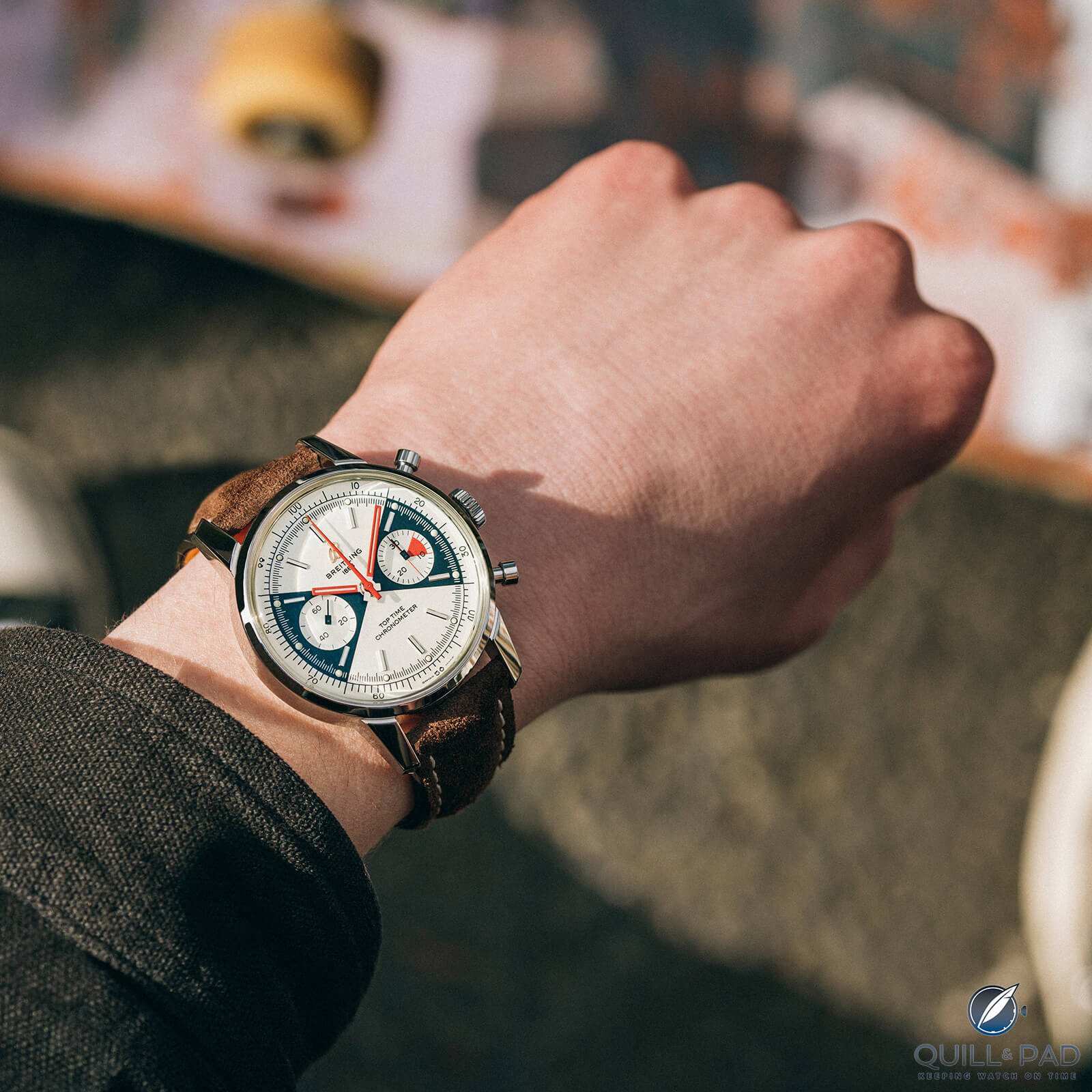
Breitling Top Time Limited Edition on the wrist
ED: Another limited editionn, but what an attractive one! I love the vintage styling alluding to the 1960s version of the Top Time here. Just a tad big at 41 mm, which blows the illusion created by using the manual-winding ETA 7753 in place of the brand’s own automatic chronograph Caliber B01.
The limited edition engraving on this piece is bound to displease Martin, though, whose pet peeve is when brands engrave “one of 2,000” instead of the individual number of limitation. It is a copout for sure, one I also do not enjoy. Although this watch was announced in March and added to Breitling’s own e-commerce site, it is still available there, so maybe collectors feel similarly about that “lazy” engraving style.
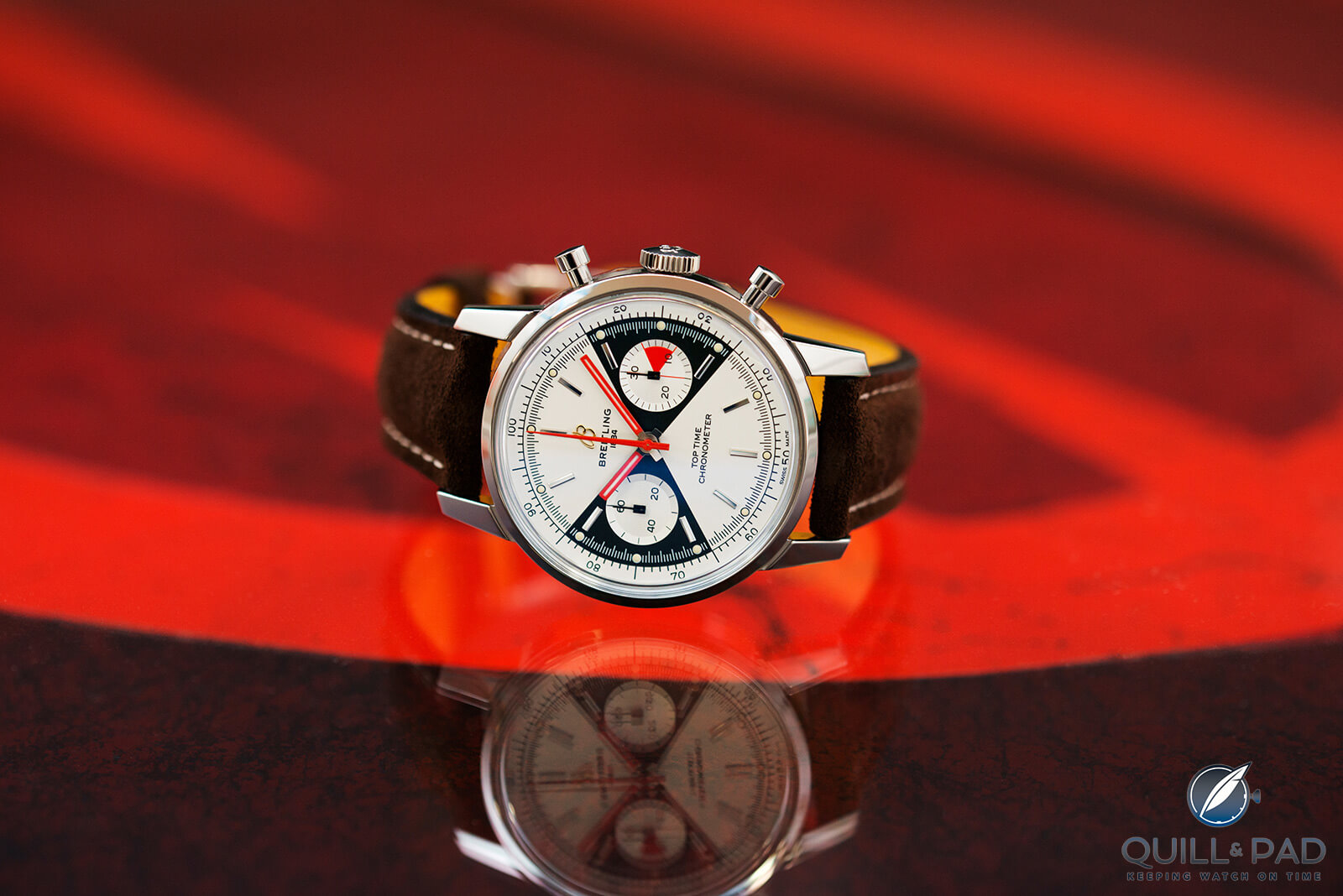
Breitling Top Time Limited Edition
MG: I am not very often a fan of re-issued vintage watches, either, Elizabeth. It is like those “continuation” cars that are now in full swing, allowing you to buy an Aston Martin DB5 or Bentley Blower new from the factory. While it is a clever business model, I’d rather see brands innovate and not replicate. Of course, this Top Time is not an exact copy of its predecessor, but it comes quite close. While some will applaud Breitling for this, I prefer to save my applause for some of this brand’s impressive, completely newly designed watches.
JM: The Breitling Top Time is probably the most basic chronograph in the competition and, yet, for that reason one of the front runners for anyone who likes their chronographs easy and functional. The modern vintage bi-compax design is very attractive, as is the price: at just under 5,000 Swiss francs it is the second most affordable chronograph in the category. It keeps the functions at a minimum with nothing extraneous aside from the time and the two chronograph indications. It also is a C.O.S.C.-certified chronometer, something no other piece in this category can claim. Of course, it’s wide appeal isn’t enough to win the category in my opinion, and I have this tied for second as my runner up for its no-nonsense features.
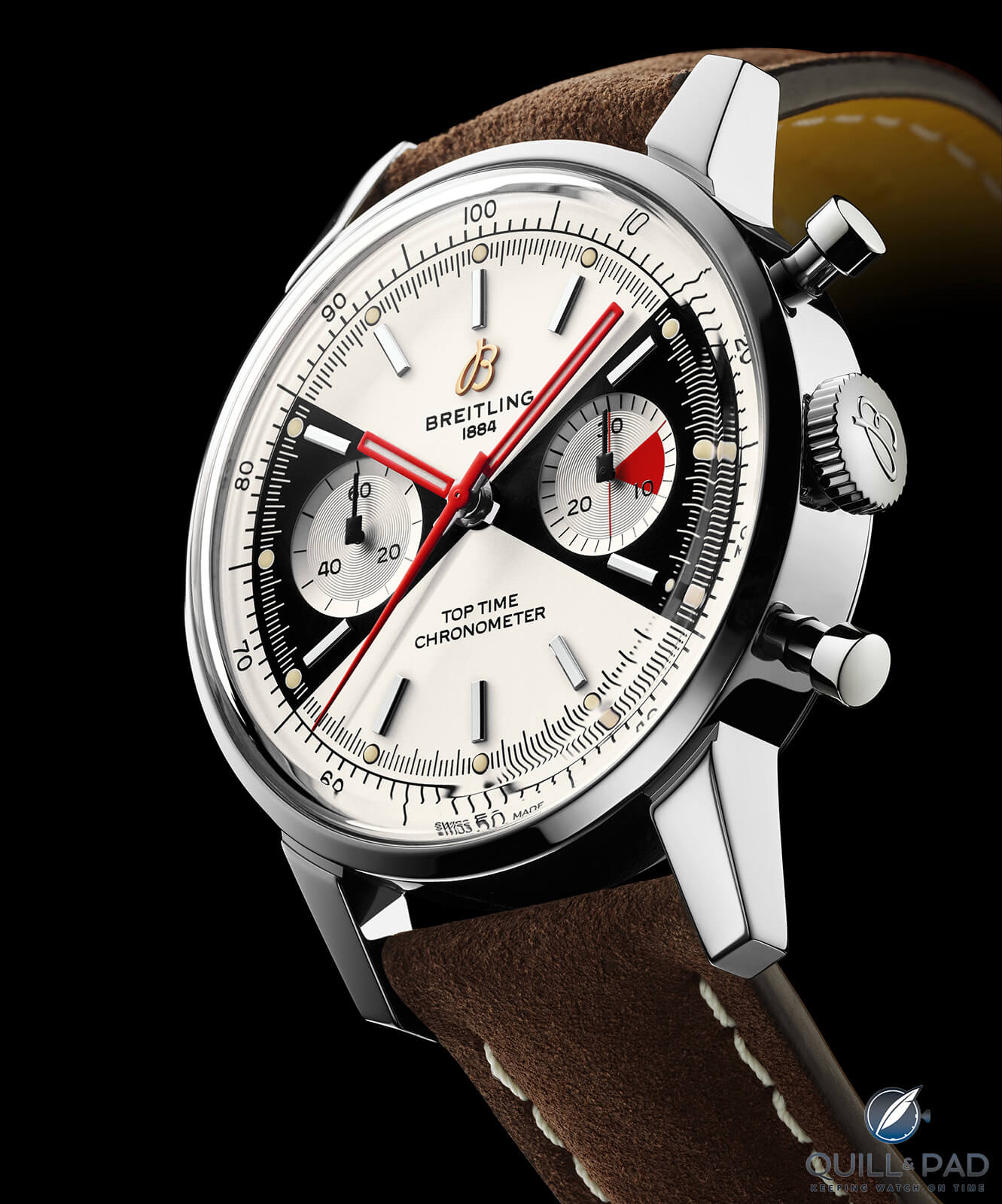
Breitling Top Time Limited Edition
IS: A C.O.S.C.-certified chronometer: chapeau, Breitling. I’ve no idea if being a limited edition of 2,000 pieces is good, bad, or indifferent or if many will be seduced by the description of the Breitling Top Time Limited Edition as a covering-all-bases, “unconventional modern retro watch.” What is sure to attract customers, though, are its looks and sub-5,000 Swiss franc price tag. The Breitling Top Time Limited Edition is a very nice-looking, retro-style chronograph, but that’s not enough for me in this strong competition.
Quick Facts Breitling Top Time Limited Edition
Case: 41 x 14.27 mm, stainless steel
Movement: automatic Caliber 23 (base ETA Valjoux 7753), 46-hour power reserve, 28,800 vph/4 Hz frequency, official C.O.S.C. certification
Functions: hours, minutes, seconds; chronograph
Limitation: 2,000 pieces
Price: CHF 4,950 / €4,750
Remark: authenticity and ownership guaranteed by blockchain digital passport
Moser & Cie Streamliner Flyback Chronograph Automatic
ED: I love this watch, especially that it utilizes the amazing AgenGraphe movement that also powers the Singer Reimagined Track 1 and the Fabergé Visionnaire Chronograph.
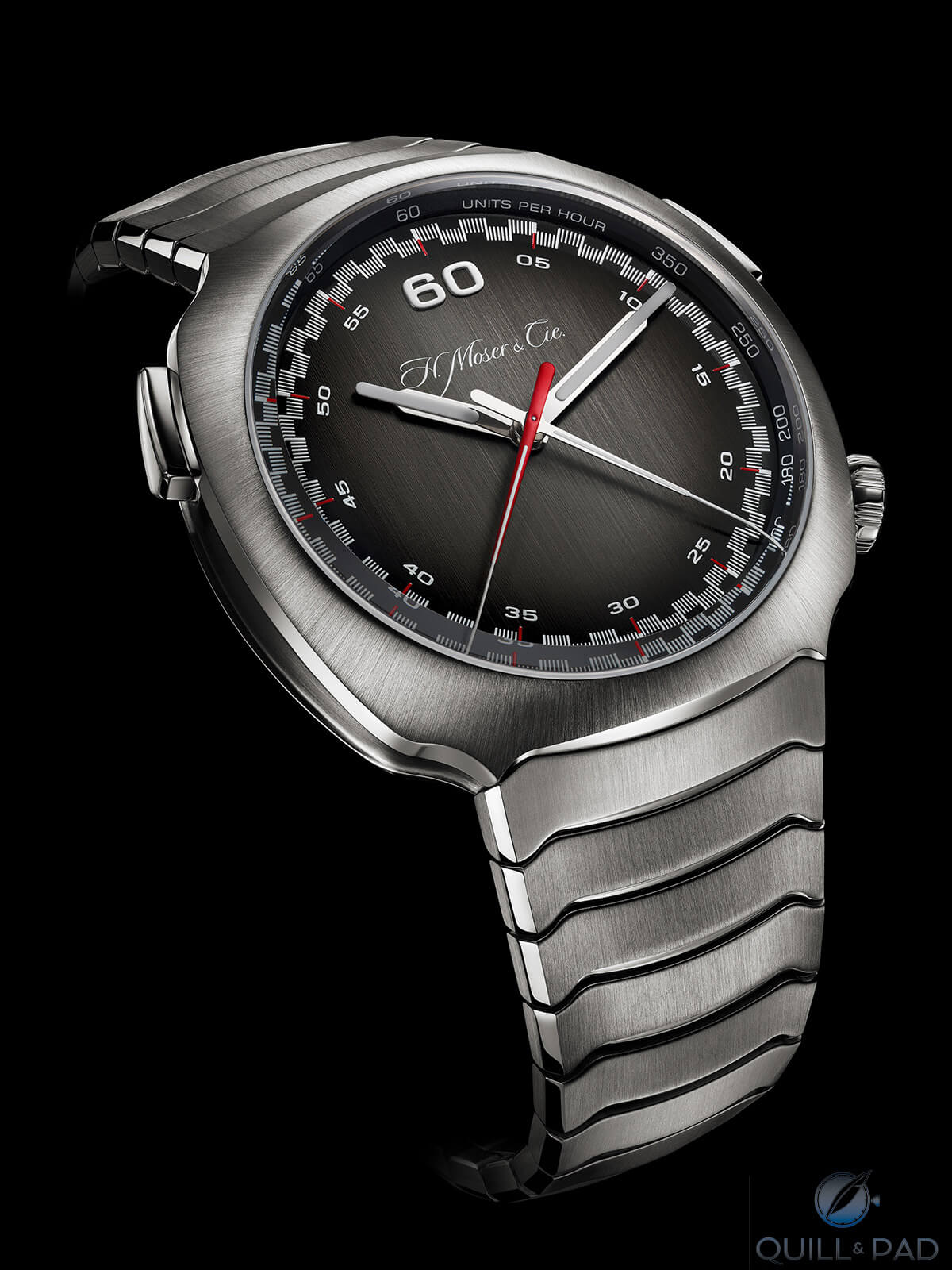
H. Moser & Cie Streamliner Flyback Chronograph Automatic
IS: The H. Moser & Cie Streamliner Flyback Chronograph Automatic is my pick to win this category. With the help of Agenhor and based on its sensational AgenGraphe movement, Moser has the first automatic chronograph with a central display showing flyback minutes and seconds. And it’s a beautiful movement to behold!

Back of the H. Moser & Cie Streamliner Flyback Chronograph Automatic
But what hits it out of the ballpark for me is the distinctive design of the Streamliner’s dial, case, and bracelet. It’s one of the best cushion-shaped watches I’ve ever seen. I’ve had the pleasure of handling and wearing the Flyback Chronograph Automatic: the functions are legible and it wore comfortably on my small wrist. It the winner for me.
JM: I don’t think anyone would be surprised if I said that I will always find it hard to argue with a watch that is based on the AgenGraphe caliber as I truly believe it is one of the most interesting chronograph developments of the last decade, possibly even of this century so far.
The Streamliner Flyback from H. Moser is also a very distinctive design, which may have its detractors, but it cannot be claimed to have played it safe. I won’t even tiptoe around the fact that I think this watch is the best chronograph in the competition due to both the movement and the central chronograph minutes and seconds display. The advances of the movement, in my opinion, keep this piece as the leader in the category, but I also think it just barely nudges out the Parimigiani and wouldn’t be surprised if the jury went a different direction. Still, I am predicting this one to come out ahead, but perhaps just by a coin toss.
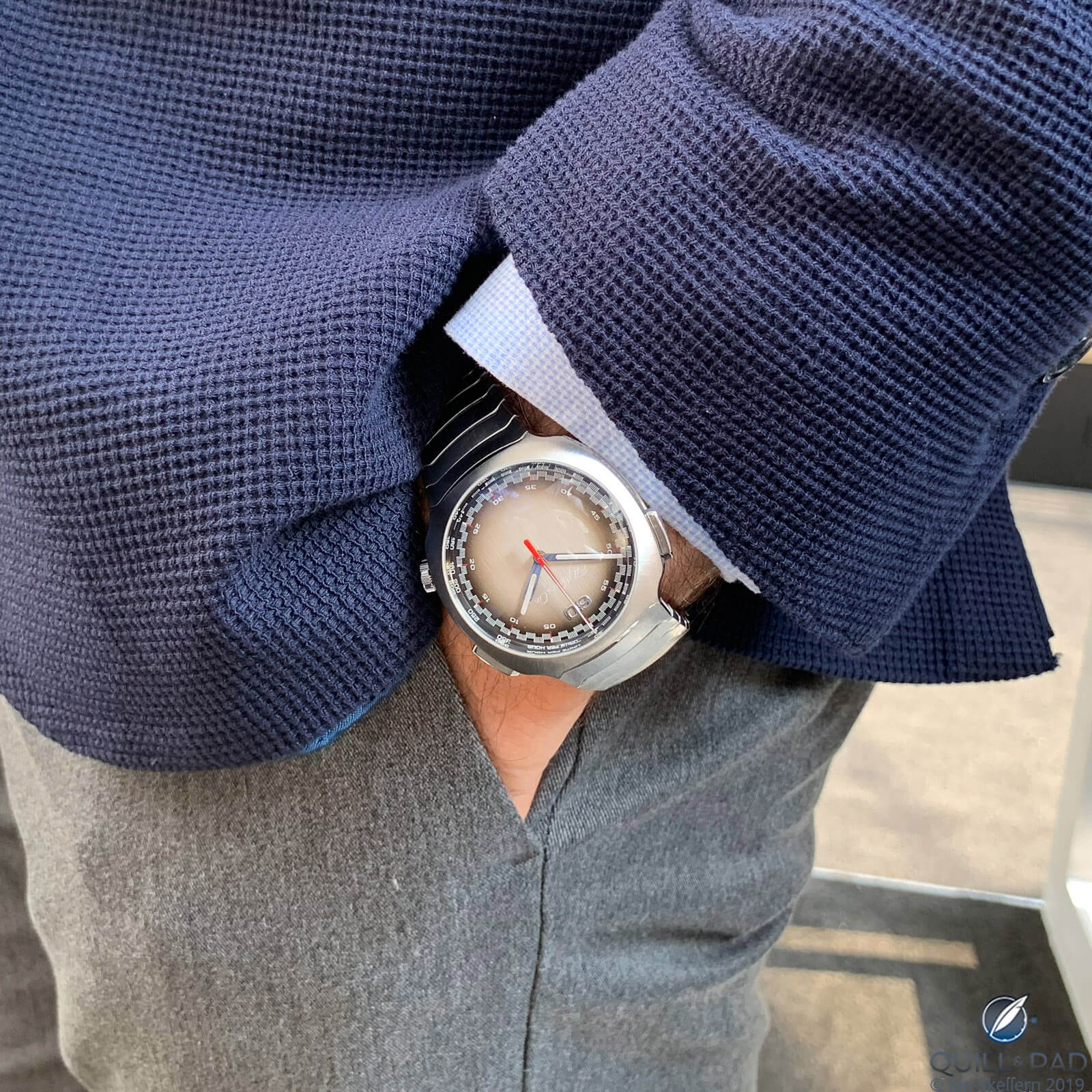
H. Moser & Cie Streamliner Flyback Chronograph Automatic on the wrist
MG: I have no doubt as to the winner in this category as Moser has given its all with the Streamliner Flyback Chronograph, which combines a stunning movement with an innovative design. I especially enjoy how Moser utilized vintage touches within what is actually quite a futuristic style. It comes together really well, particularly without the use of subdials – a true rarity. The same can be said of the bracelet, which reminds me a bit of Ikepod in the way that it is constructed. That is a big compliment, by the way, as it means that good looks and wearing comfort are not at odds with each other.
GG: This Moser incorporates one of my favorite movements, the AgenGraphe, adding a flyback function to earlier implementations of the caliber and presenting the displays of hours and minutes and chronograph minutes and seconds in a minimalist style quite characteristic of the brand. I’ll confess that the Streamliner aesthetics are not fully to my taste, but that’s a personal matter and I think it’s a very worthy competitor here.
Further reading: Moser & Cie. Streamliner Flyback Chronograph Automatic With Full Metal Bracelet: Inspiring Amnemori!
Quick Facts H. Moser & Cie Streamliner Flyback Chronograph Automatic
Case: 42.3 x 14.2 mm, stainless steel
Movement: automatic Caliber HMC 902 developed with Agenhor, column-wheel chronograph, 60-hour power reserve, peripheral rotor under the dial
Functions: hours, minutes; chronograph minutes, flyback seconds
Limitation: 100 pieces
Price: $39,900 / CHF 39,900
Kurono Tokyo by Hajime Asaoka Chronograph 1
JM: Like the Breitling Top Time, the Kurono Tokyo Chronograph 1 is a very straightforward chronograph with an ever popular bi-compax design and features a dual graduation scale with both tachymeter and pulsations for multiple timing modes.
The classic styling will likely be very well received, and as the most affordable watch in the category it will definitely win a lot of points with the jury there, not to mention being developed in conjunction with Hajime Asaoka, a premier independent watchmaker. The Seiko NE86A base movement, while solid, may not be enough to overtake others within the category, however, and I think this one is tied with the Breitling in my opinion as a second runner up.

Kurono Tokyo by Hajime Asaoka Chronograph 1
ED: You have taken all the words out of my mouth again, Joshua. I love the classic styling and fair pricing of this piece and only wish it were more widely available.
Also the fact that it uses a variation of the Seiko NE88 chronograph caliber announced back in 2014 (this NE86A an updated version with column wheel) speaks to both the quality and reliability and Japanese synergies between the two makers. I very much admire and appreciate Hajime Asaoka’s work, and the Kurono sub-brand is no exception.
IS: While I love nearly everything Hajime Asaoka does, including with his more accessible Kurono brand, the Chronograph 1 just doesn’t work for me. It looks very much like a beautiful classic vintage chronograph, but that seems out of step with its creator. As the movement was outsourced (Seiko NE86A), this watch has to play on its looks, and I’m just not feeling the magic this time.
GG: I’m a big fan of both Kurono Tokyo and Hajime Asaoka fan (and owner of watches by both brands), but as with the Breitling I think the Kurono is over-matched in this competition. I’ll also confess that there are one or two aspects of the visual design, including the date window, that leave me a bit cold personally. And as this watch is predominantly an aesthetic exercise packaged around a good-quality, purchased, Japanese-made movement, I think it would be tough for me to promote the Kurono above the second division in this year’s contest.
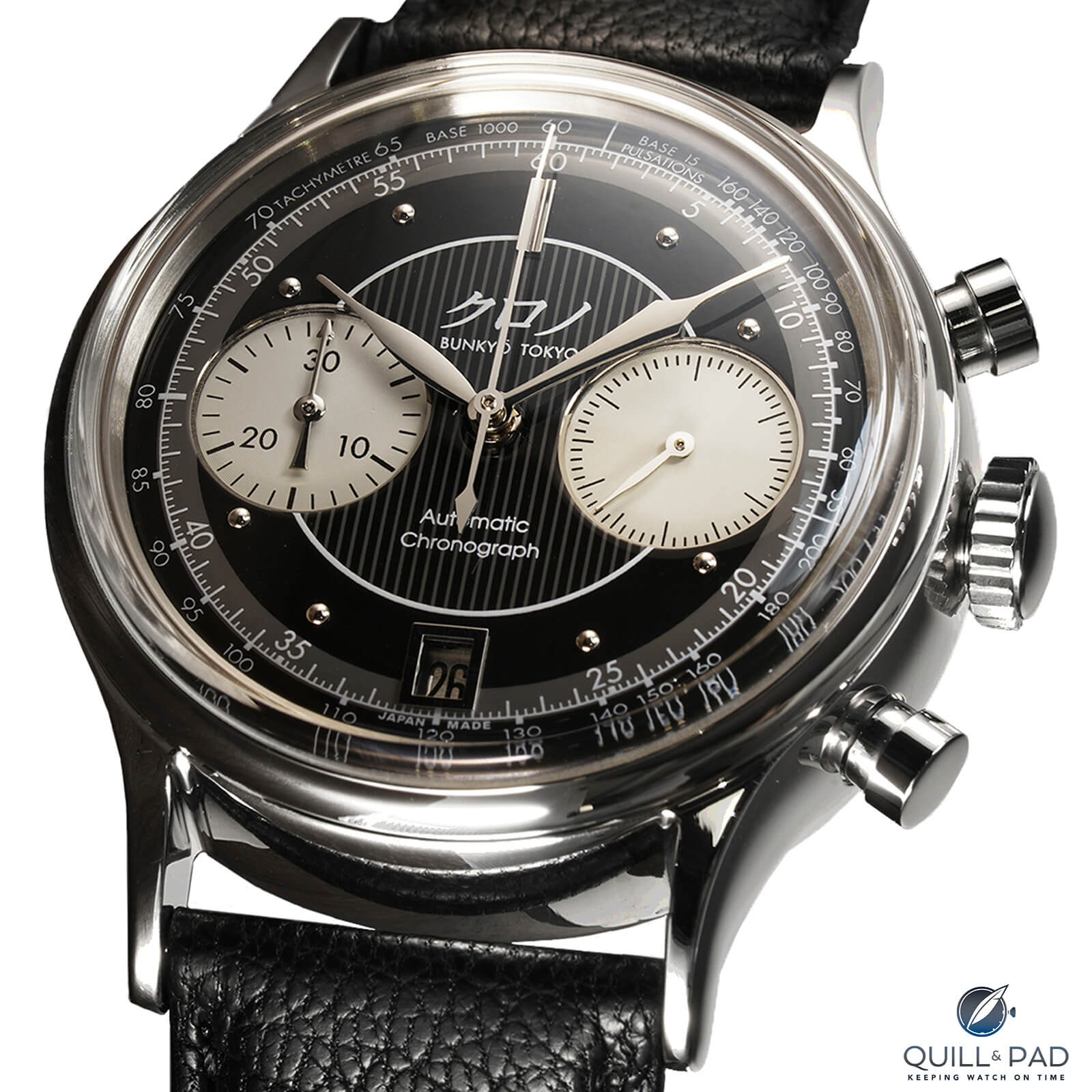
Kurono Tokyo by Hajime Asaoka Chronograph 1
MG: A homerun killed by a date: that is how I would describe the Kurono Chronograph 1. While the case has a distinct vintage flavor and is well proportioned with a 38 mm diameter, it is the dial that gives the watch most of its character, making a monochrome color scheme rather distinct in an understated Japanese style. This is actually done so well that the date window there is all the more frustrating. With its deep date wheel, it is just an eyesore in my opinion, and proof that every detail counts.
Quick Facts Kurono Tokyo by Hajime Asaoka Chronograph 1
Case: 38 x 11.5 mm, stainless steel
Movement: automatic Seiko Caliber NE86A, column wheel chronograph movement, 4 Hz/28,800 vph frequency, 45-hour power reserve
Functions: hours, minutes, subsidiary seconds; date, chronograph
Limitation: 136 pieces (68 per dial variation)
Price: CHF 3,680
Louis Moinet Memoris Superlight
IS: Louis Moinet has certainly caught the eye with the Memoris Superlight, there’s no missing it. With its chronograph mechanism visible dial side for full appreciation, the Memoris is a fitting homage to the original Mr. Louis Moinet (1768–1853) who invented the chronograph two centuries ago. But I feel that we have seen many other versions of the Memoris over the years, and a titanium case and flashy (low-legibility) dial aren’t enough to make it a contender for me here.
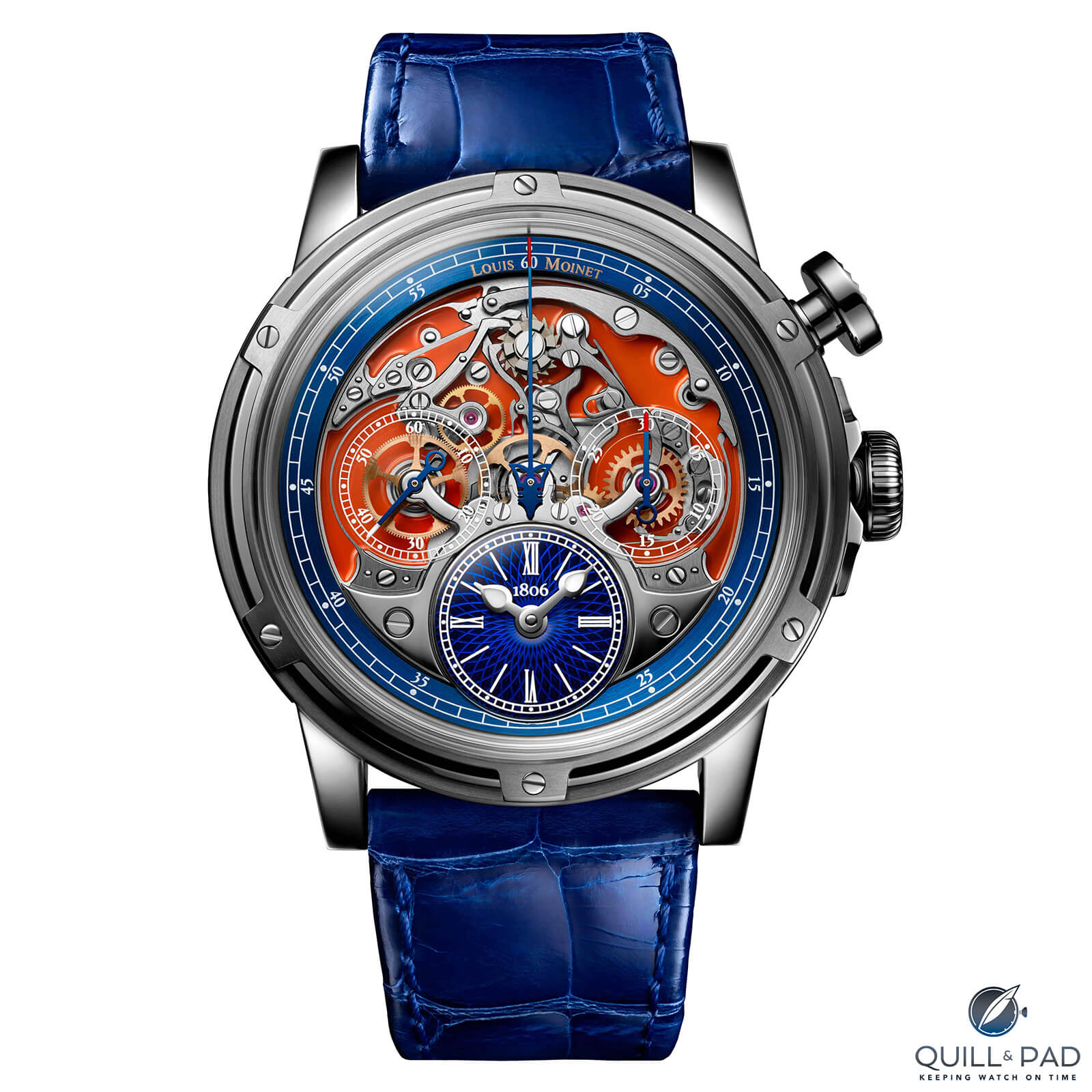
Louis Moinet Memoris Superlight
JM: I often feel like Louis Moinet is a wildcard as the styling is far from traditional and the aesthetic choices can be polarizing for some. As the recently discovered inventors of the chronograph, the brand has the historical chops to be a strong contender. The Memoris Superlight is a very cool chronograph that makes the mechanics visible and understandable for the wearer.
As a downside it also makes reading the watch less than clear, and since a chronograph is also a technical instrument I do wonder if people may dock points for legibility issues. For that reason, I don’t know if it will have a good outing, simply because it feels unpredictable in how it will be received. It could be a jury favorite or it could be overlooked as the jury focuses on other, more practical chronographs.
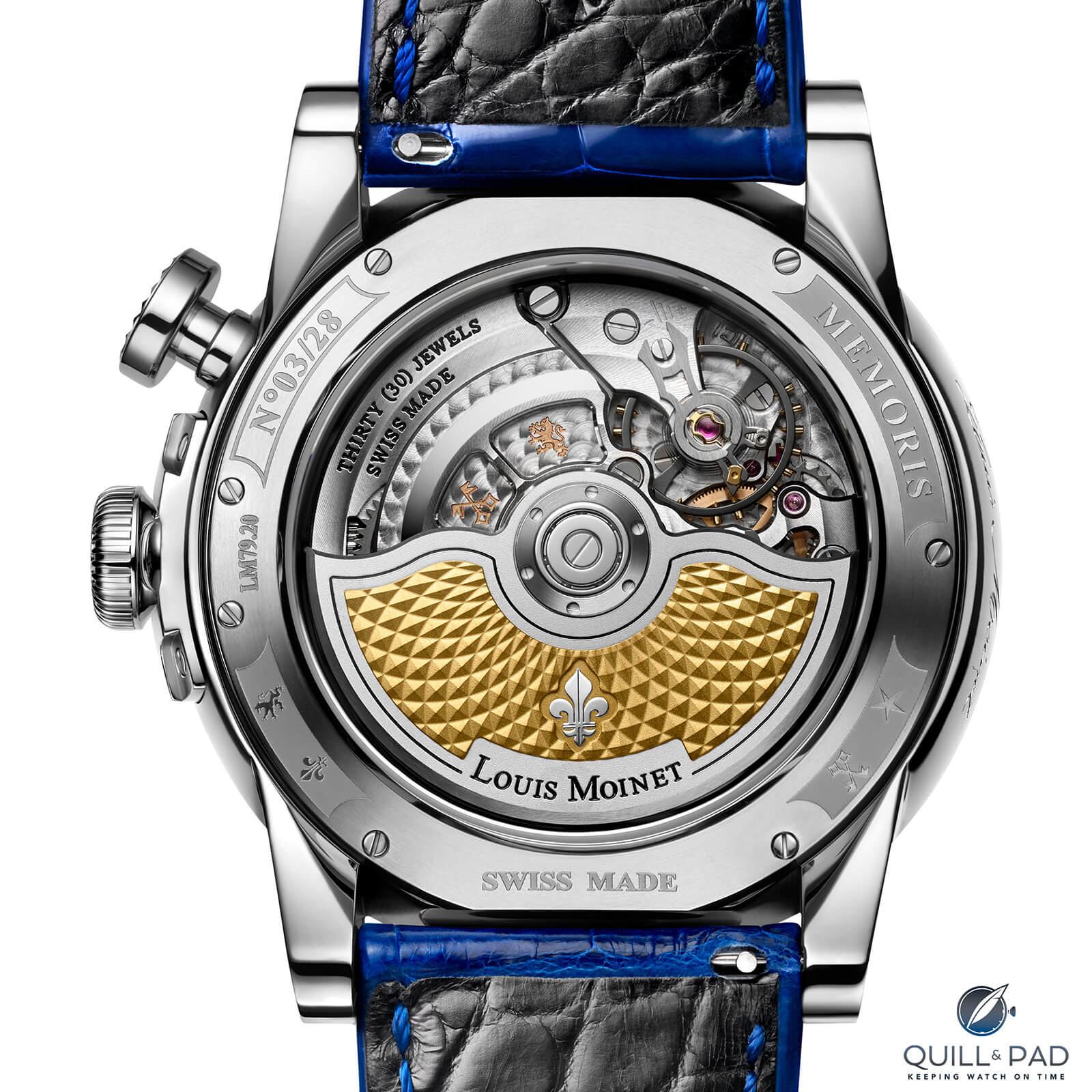
Beautifully decorated rotor visible through the display back of the Louis Moinet Memoris Superlight
ED: I too love the ingenuity of this piece and the “differentness” it exudes originating in the concept of making the chronograph the foremost element of the watch. Louis Moinet introduced the first version of this watch in 2015 and has entered a new variation in the GPHG practically every year since, which is fully legal since they are all limited editions and therefore different watches. As much as I like the idea of the Memoris and appreciate the execution, it just doesn’t seem to strike the same chord with the general public (read: jury), probably for the reasons Joshua has so eloquently stated. My personal favorite is still the first edition of 2015, which seems a lot less busy to me due to the more subdued color scheme.
MG: With watches like this Memoris it is sometimes hard to keep track of what is new and what is old, as brands like Louis Moinet have a strategy of releasing small numbered editions like the Memoris Superlight over the course of years. I don’t think that this design takes real advantage of its case being made of titanium as there is no particularly sporty touch to it, so it doesn’t stand out much among its peers. I am not much of a fan of the color scheme, which makes the subdials also particularly hard to read.
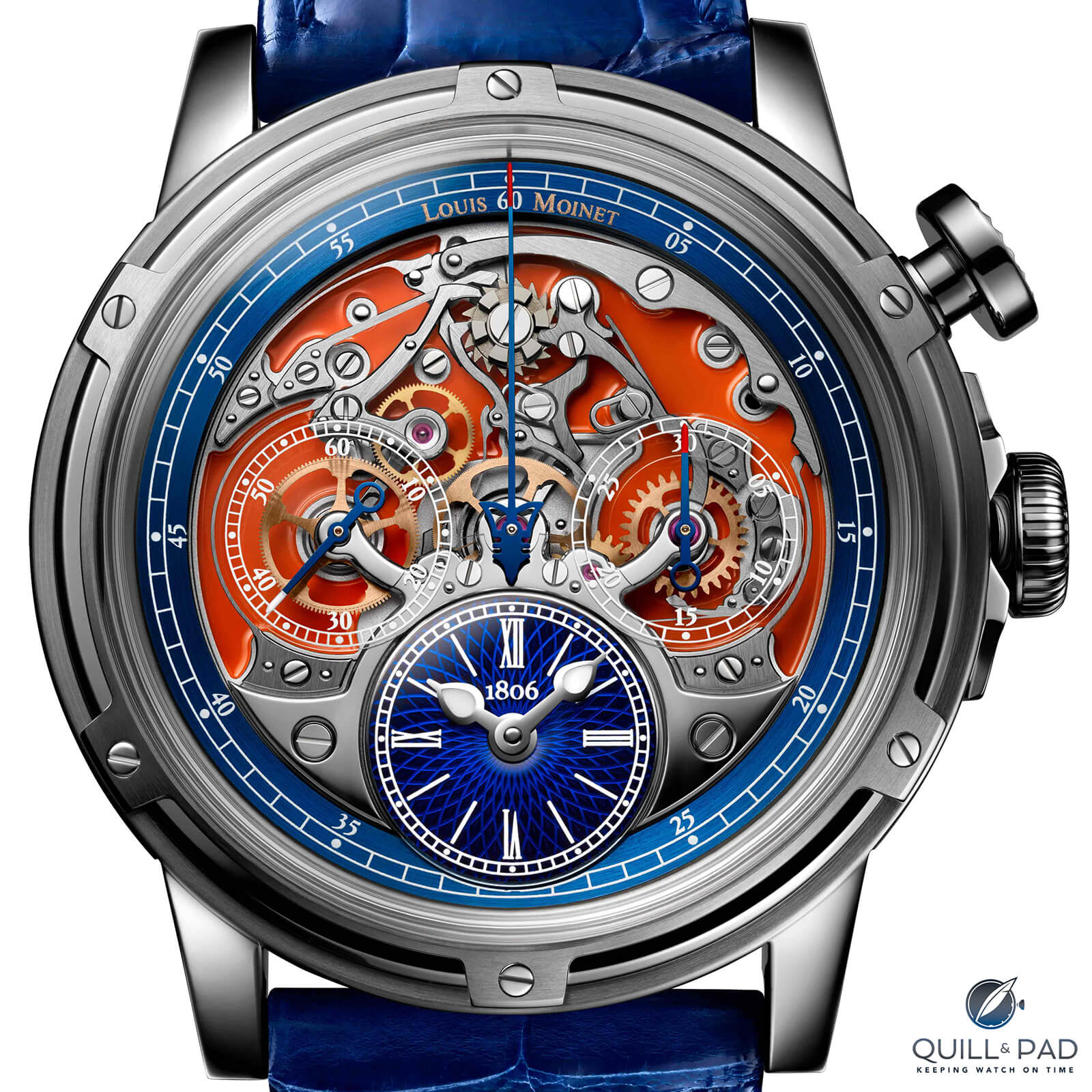
Louis Moinet Memoris Superlight
GG: The Louis Moinet Memoris Superlight has a good deal going for it; I especially appreciate the work done to display the chronograph works on the dial side of the watch. From the photos the piece does look well made. It’s a very large watch, though, and I’d call the particular orange-blue combination of colors used more “striking” than “harmonious,” Martin.
MG: I consider the Memoris Red Eclipse, with which Louis Moinet competed in the 2016 edition of the GPHG, a better variation of this.
Further reading: Memoris By Louis Moinet: Paying Homage To Historical Chronographic Ingenuity
It’s The Little Details That Count: Louis Moinet Memoris 200th Anniversary Edition
Quick Facts Louis Moinet Memoris Superlight
Case: 46 x 16.4 mm, titanium
Movement: automatic Caliber LM79 (created in conjunction with Concepto), 28,800 vph/4 Hz frequency, 48-hour power reserve, 302 individual components
Functions: hours, minutes, seconds; chronograph
Limitation: 28 pieces
Price: CHF 26,000
Parmigiani Fleurier Tondagraph GT stainless steel
ED: Parmigiani won this category in 2017 with its Tonda Chronor, whose case shape is highly reminiscent of this piece. Automatic Caliber PF043, which includes chronograph and annual calendar functions in a rarely seen combination, is a Parmigiani movement through and through, even if at first glance it does appear a bit different thanks to its cleaner style of finishing that includes côtes de soleil striping and an assertive 22-karat gold rotor.
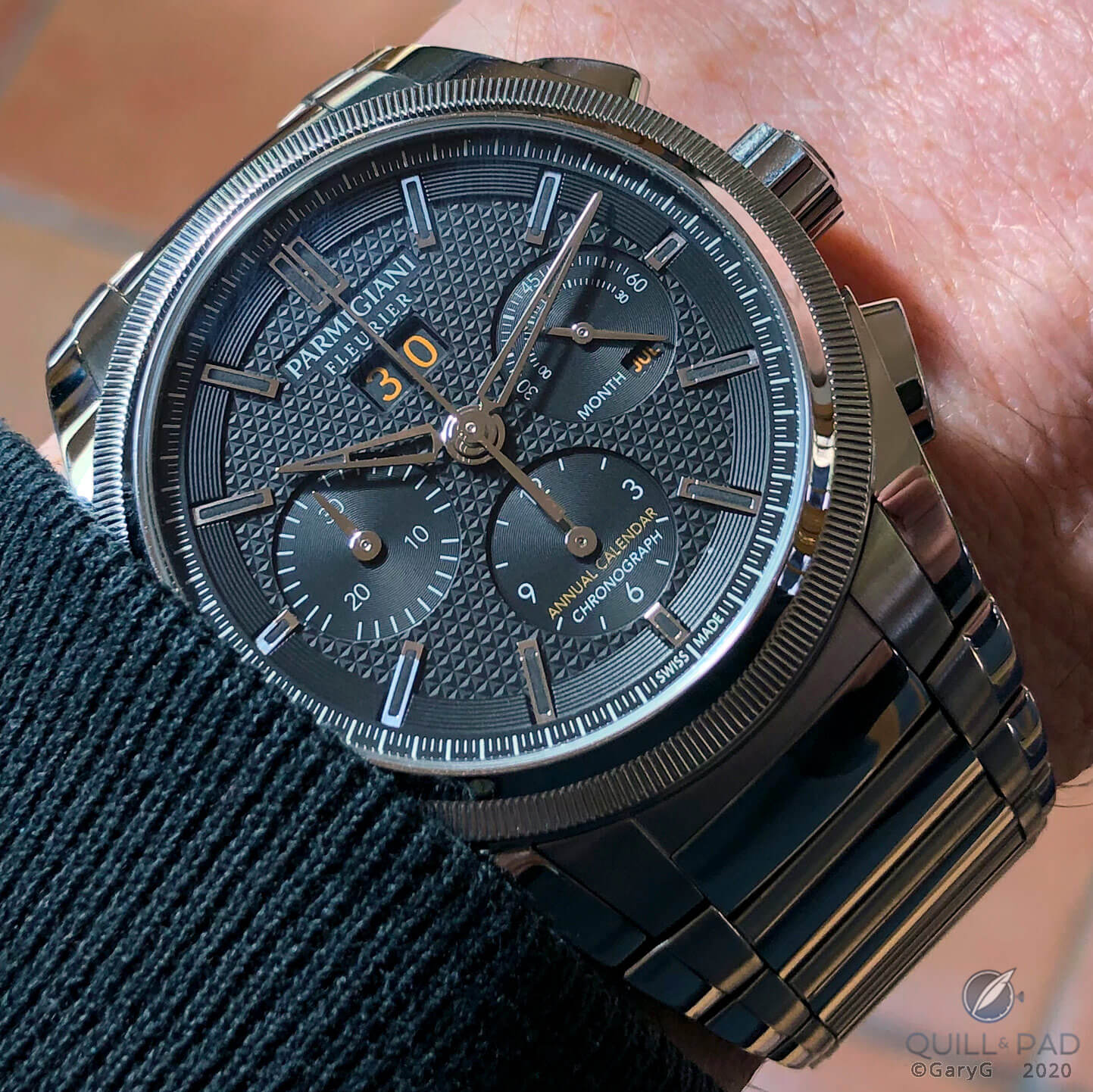
Tempting proposition: Parmigiani Tondagraph GT
While some have publicly lamented the absence of super-fine finishing here, for the price I am blown away by this piece. I also like the styling and find the bracelet attractive. Once again, if it were up to me Parmigiani would walk away with this prize: I’m calling it my winner.
IS: At first glance I didn’t like the look of the Parmigiani Fleurier Tondagraph GT stainless steel as the dial seemed too busy to me, but then when I looked a little more attentively I quite liked it. I think that Parmigiani has done well with this sporty chronograph: it’s distinctive enough to stand out but not so distinctive to be polarizing. I’m not always a fan of Parmigiani’s designs, but the Tondagraph GT stainless steel works for me. I would have preferred a pure chronograph (no annual calendar) but can live with the extra functionality. The Parmigiani Fleurier Tondagraph GT stainless steel is my runner up in the Chronograph category.

Parmigiani Fleurier Caliber PF043 in the Tondagraph GT
GG: I’d have to flip a coin to pick between this Parmigiani and the H. Moser Streamliner as my second choice. I reviewed and photographed the Parmigiani and found myself convinced by its solid construction, attractive wrist presence, and useful combination of chrono and annual calendar complications.
MG: It must be me, but I feel that there is something off with the Tondagraph GT. While I like its design, I think that the dial features too much text. The addition of the annual calendar is a nice one, but as an owner, I don’t need to have this pointed out to me in orange/red writing. Also, the text next to the month window seems to be a bit redundant.
It might be nit-picking, but I feel that this watch would have been so much better if it had less text and perhaps not even the month window. In my opinion, it would gain more of the raw power that the design most certainly has, providing a sportive touch to the recognizable Parmigiani DNA
This is, in my humble opinion, the best sporty watch the brand has produced to date.

Date, time, and elapsed time: useful complications of the Parmigiani Tondagraph GT
JM: The Tondagraph GT Steel is a fantastic, sporty chronograph from an awesome independent brand, and it features a winning steel bracelet and looks that work in nearly all situations. It also sports an annual calendar, making it supremely functional as an everyday watch for someone wanting a capable timepiece.
This is a watch that I feel has the power to be both widely appreciated and restrained enough not to alienate any jury members. It might not excite like some of the other watches, but it also feels like a reliable and safe choice. The build quality is top notch, and the brand pedigree is there, so I have this watch as my first runner up in a very, very close race that could go either way. If the Moser doesn’t win I would imagine this being the watch to dethrone it.
Further reading: Parmigiani Fleurier Tondagraph GT: A Collector’s View
Quick Facts Parmigiani Fleurier Tondagraph GT
Case: 42 x 13.7 mm, stainless steel; 100 m water resistance
Movement: automatic Caliber PF043; 28,800 vph/4Hz frequency; power reserve 45 hours
Functions: hours, minutes, small seconds; big date, 30-minute chronograph, annual calendar
Limitation: 200 pieces
Price: $19,500 / CHF 19,500
Predicted Winners
Elizabeth: Parmigiani Fleurier Tondagraph GT
Ian: H. Moser & Cie Streamliner Flyback Automatic Chronograph
Joshua: H. Moser & Cie Streamliner Flyback Automatic Chronograph
Martin: H. Moser & Cie Streamliner Flyback Automatic Chronograph
Gary: Atelier de Chronométrie Split-Seconds Chronograph
You may also enjoy:
Parmigiani Fleurier Tondagraph GT: A Collector’s View
Moser & Cie. Streamliner Flyback Chronograph Automatic With Full Metal Bracelet: Inspiring Amnemori!
Leave a Reply
Want to join the discussion?Feel free to contribute!









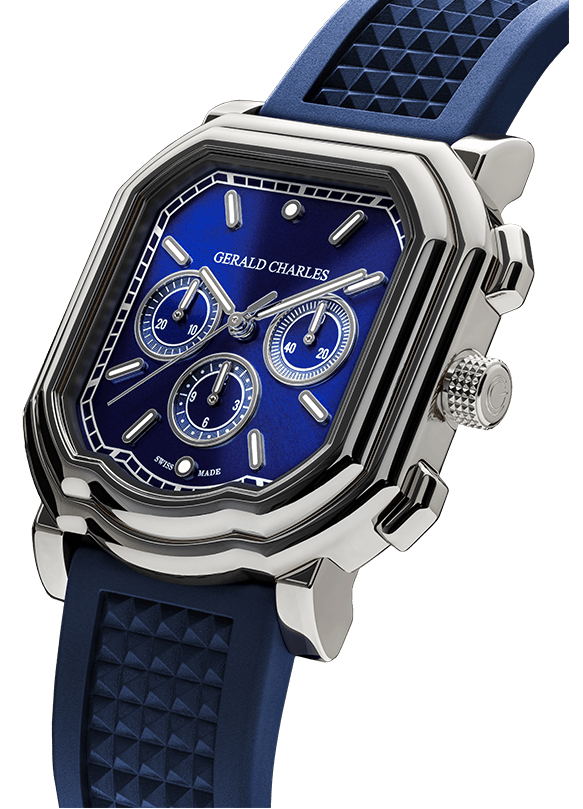


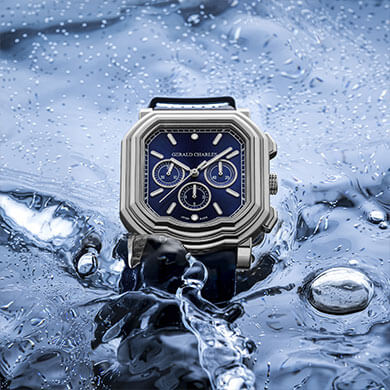

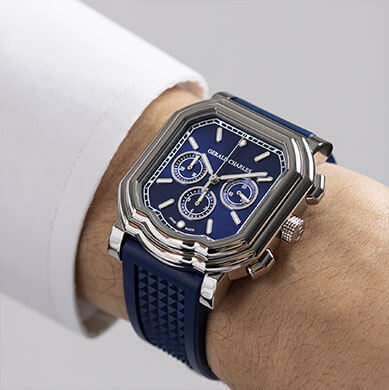



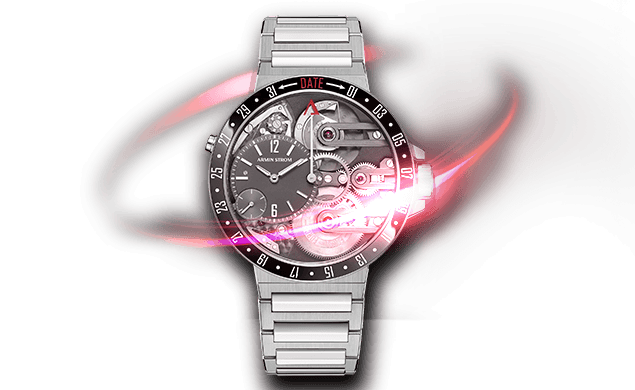
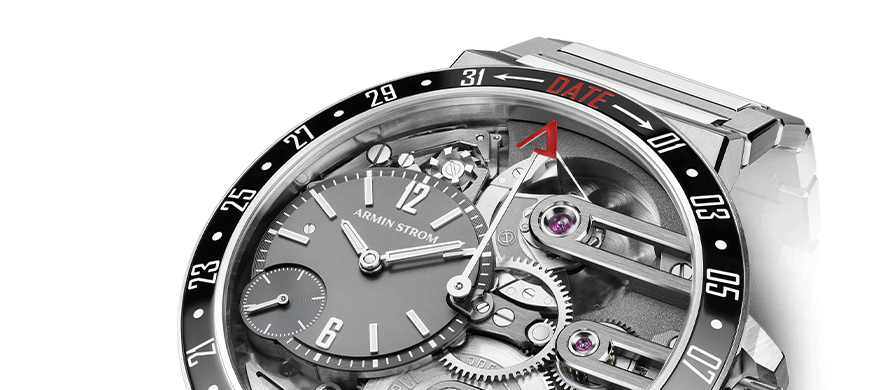
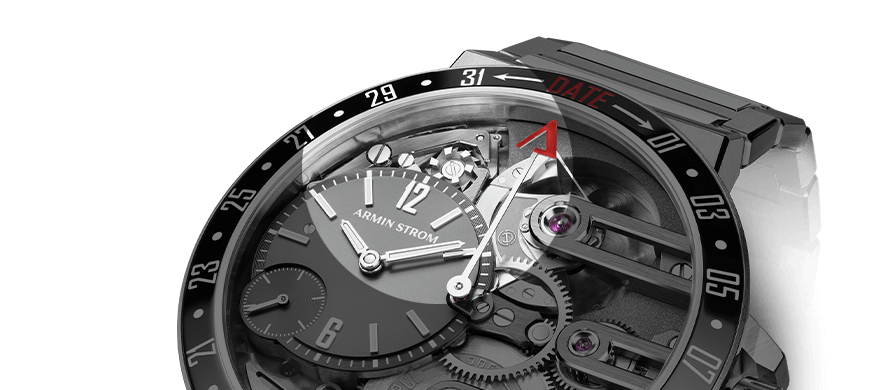


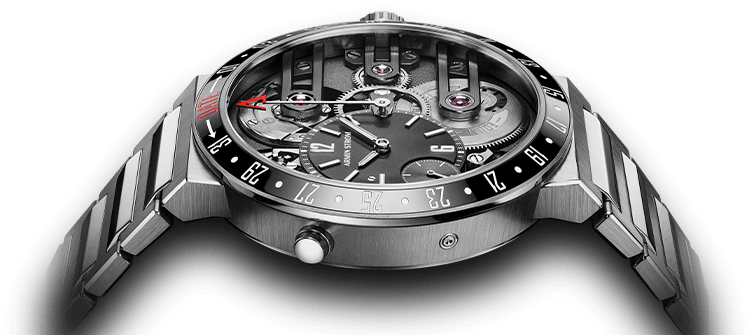


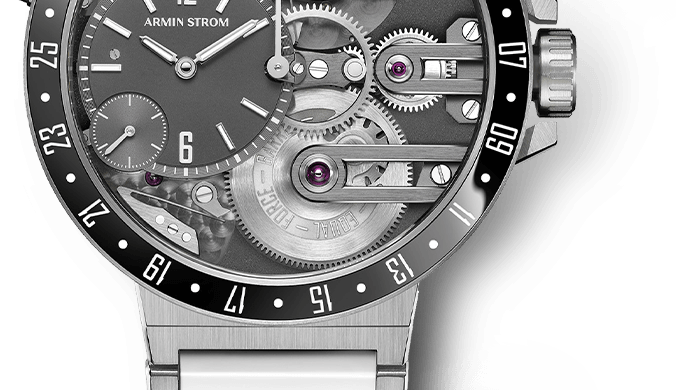



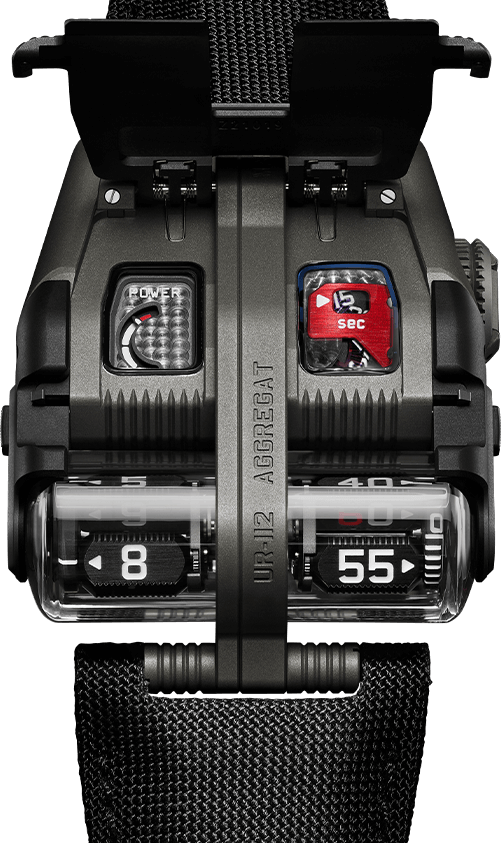

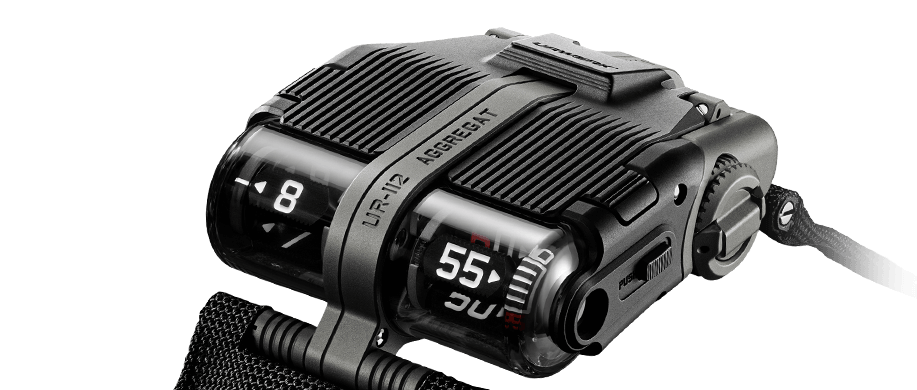

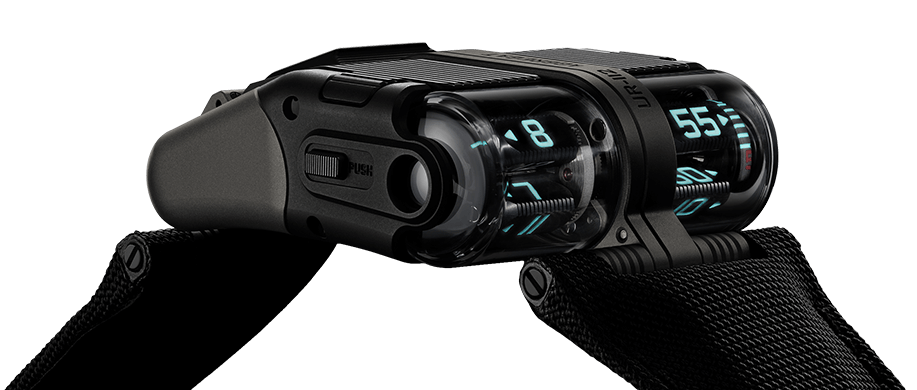


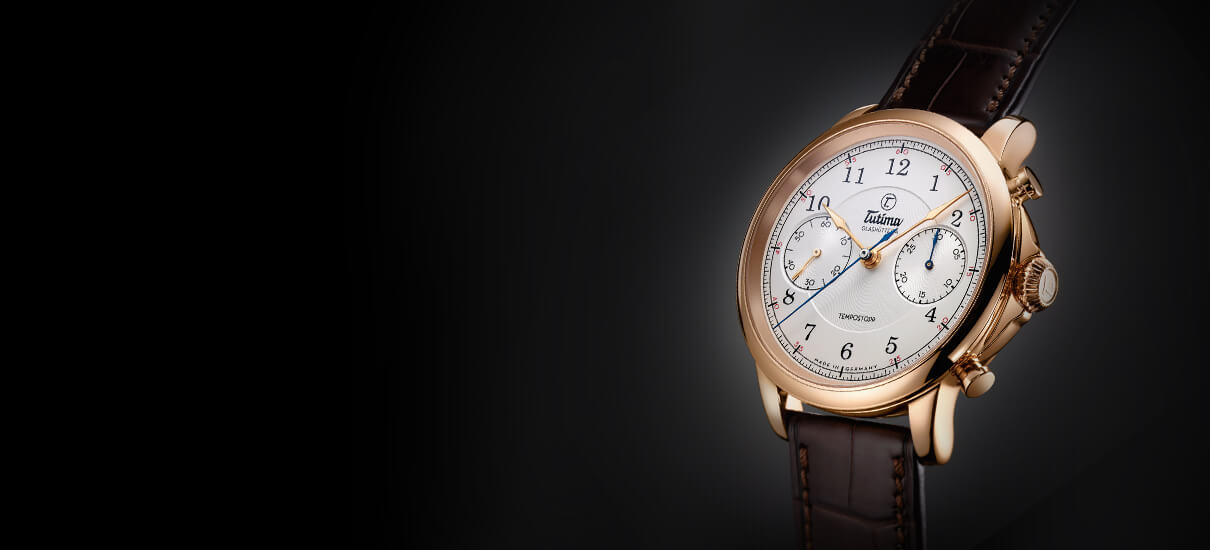

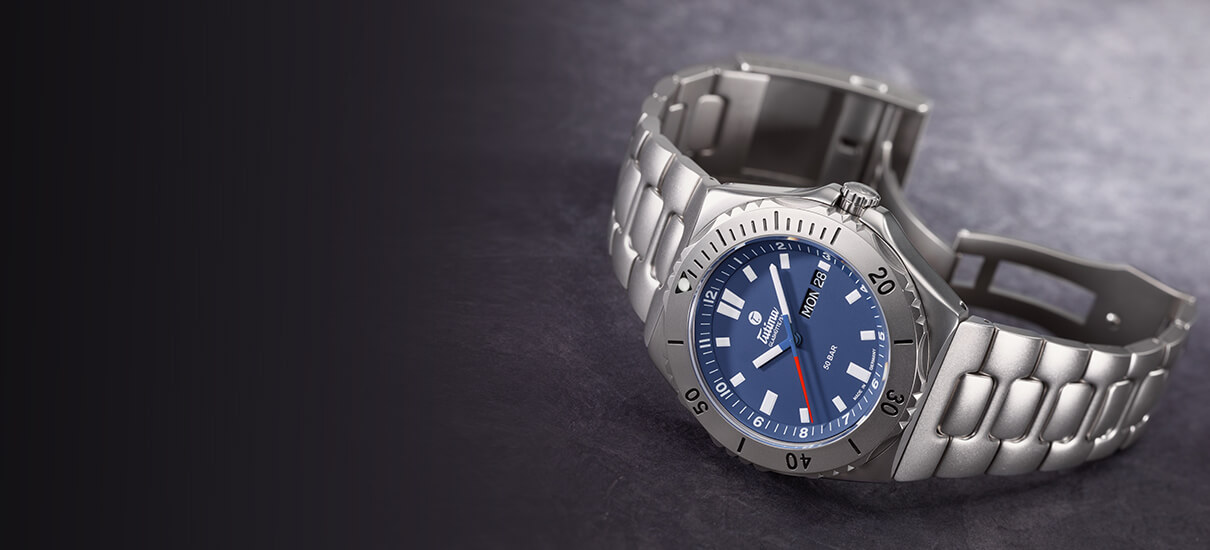

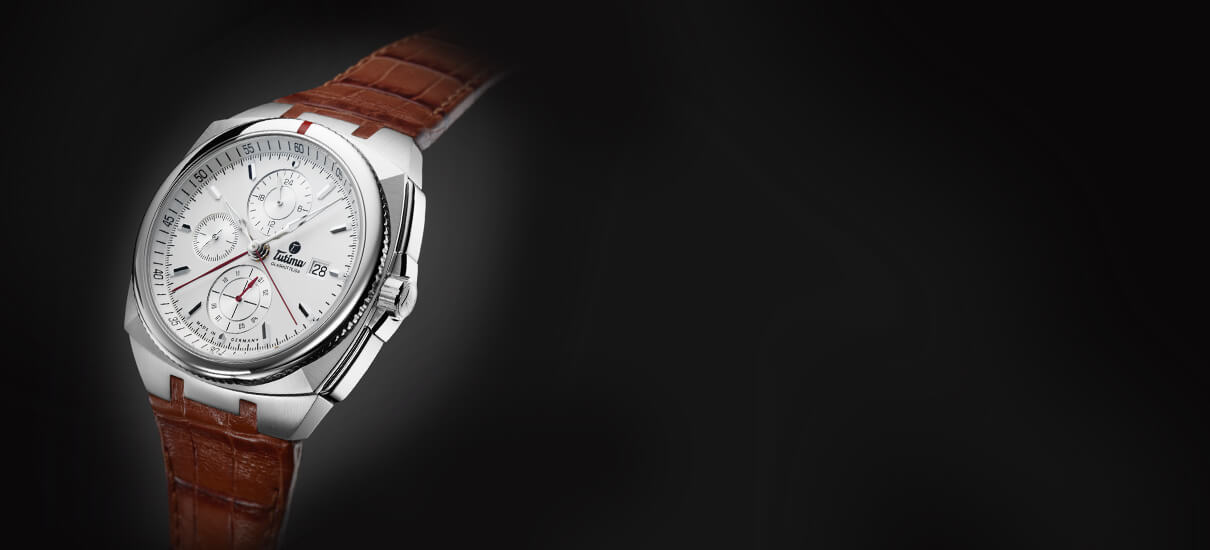

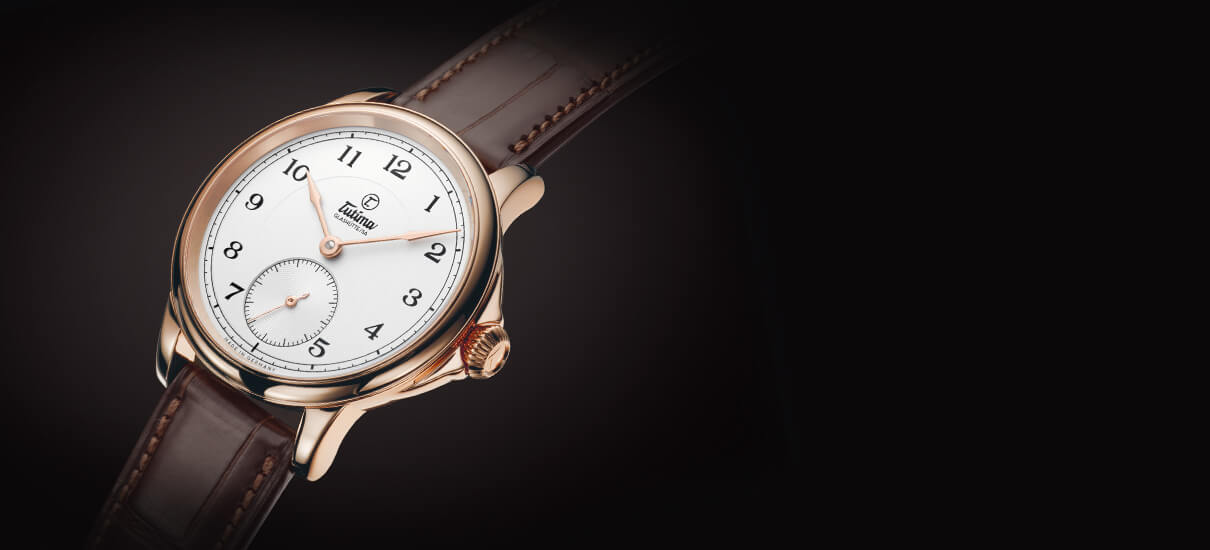

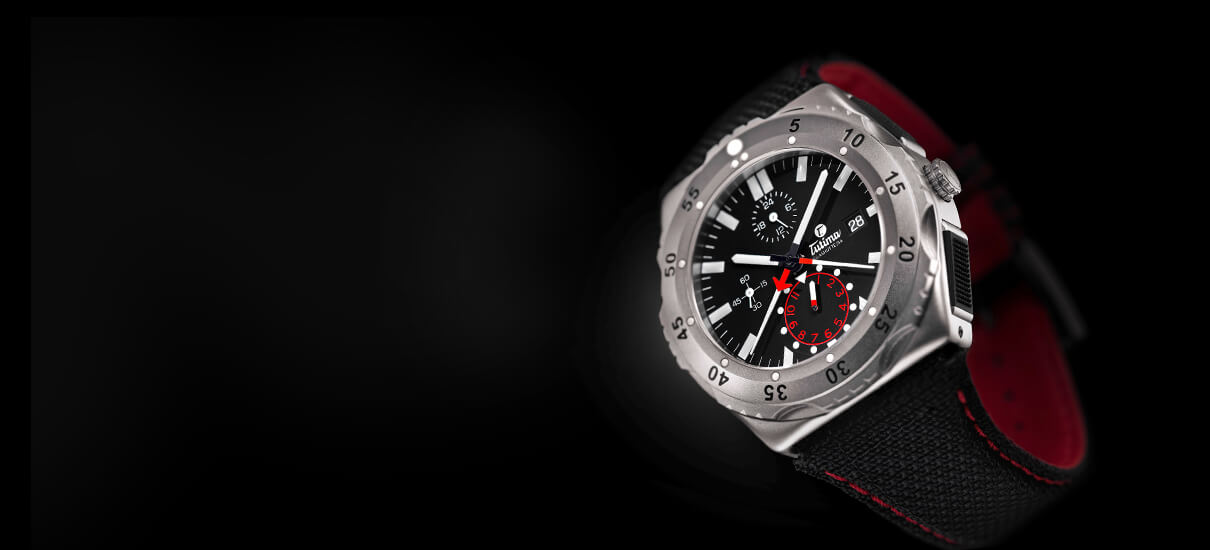



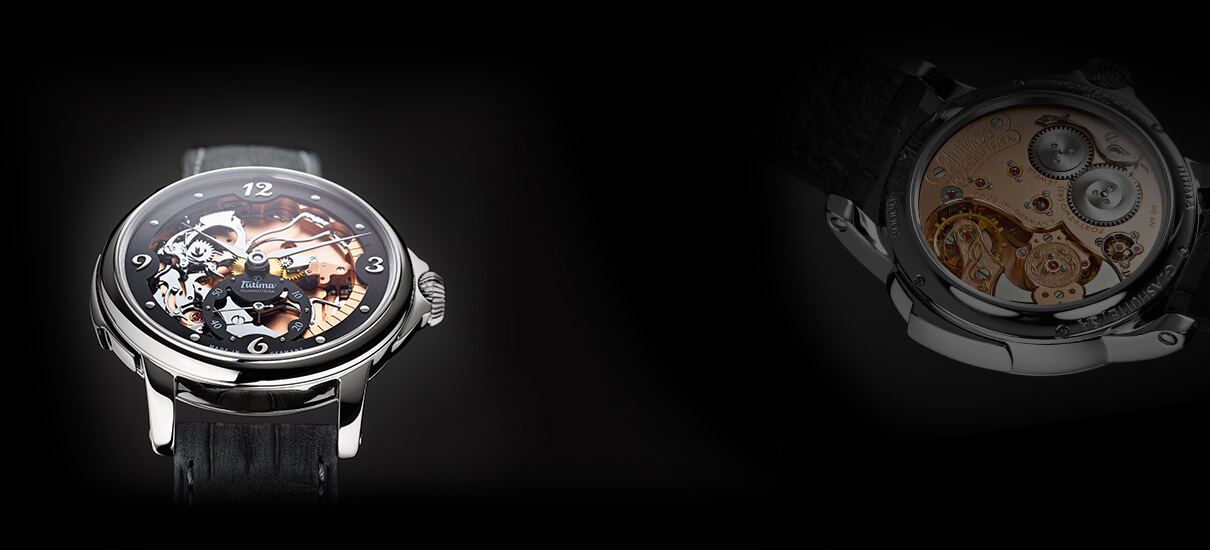



Nice one, Gary. 😉